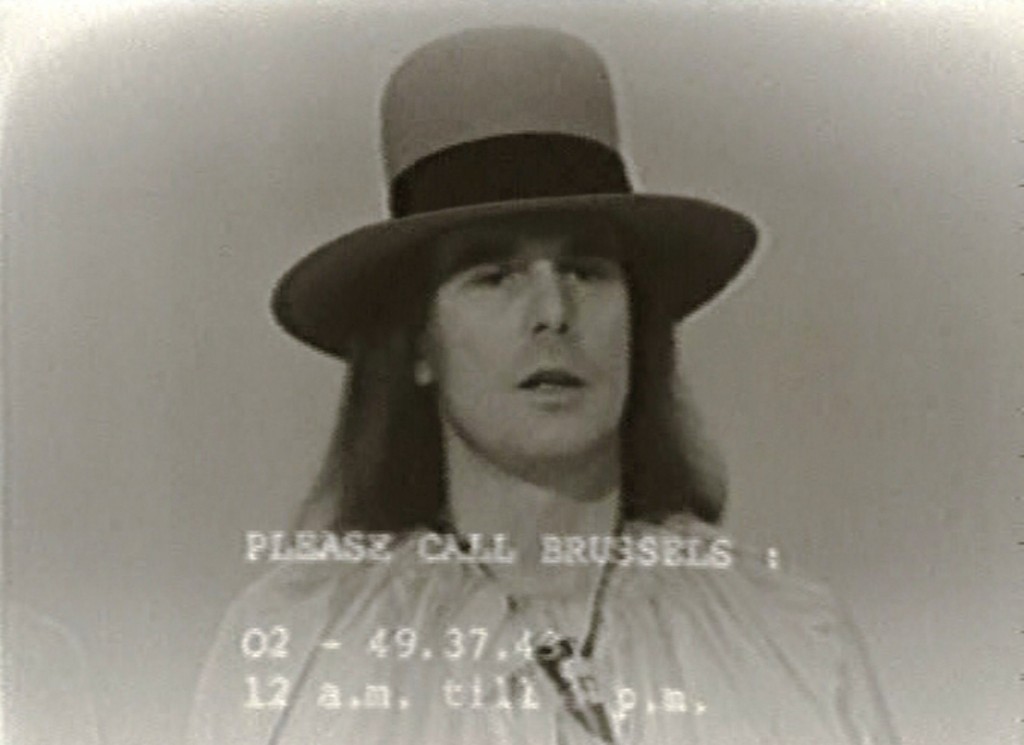
Art that’s barely there at Museum of Contemporary Art Detroit
“Barely There (Part I)” opened last weekend at the Museum of Contemporary Art Detroit. It’s the first installment in a two-part show that investigates “immateriality, presence, absence and performance.” “Part I” focuses on the mind, specifically on subjects like loss, geographic/linguistic identity and the power of questions. (“Part II,” opening in the fall, will concentrate on the body.) Featuring work by 10 artists and including material from the 21st century, as well as the late 1920s and ‘60s, it’s an engaging, challenging show that’s well worth your attention.
Much of the work on display tends toward the conceptual. I’m thinking of Wilfredo Prieto’s “Infidelity” (2009), for instance, which is nothing more than a blue pen and a red pen cap arranged in way that suggests they’re about to meet. (I admit to feeling immediately annoyed by it, then being unable to resist its cheeky simplicity.)
I found other pieces more resonant, like Pascale Marthine Tayou’s powerful “Jpegafrica/Africagift” (2006), a pile of crumpled paper flags of all the countries on the African continent, and Rivane and Sergio Neuenschwander’s 2002 video work, “Love Lettering.” The video is shot inside a goldfish tank; many of the fish have small pieces of paper attached to their tails with words like “wish,” “hotel,” “eyes” and “you” printed on them. Turns out it’s a love letter, broken up and ultimately unreadable, except in kinetic, disconnected fragments.
For me, the most exciting and interesting piece was a made-for-TV work by the late, Detroit-born installation and performance artist James Lee Byars (who, I was thrilled to learn, will be the subject of a solo show at Museum of Contemporary Art Detroit in 2013). “World Question Center” is a weird, wonderful program that was broadcast live on primetime Belgian television in 1969. In it, Byars, surrounded by a ring of people wearing fascinating garments of his design, communicates by telephone with several dozen important thinkers of the age.
Byars invites each of them to ask themselves a single question in simple English that might advance their own knowledge development in their particular field. Once they’ve asked the question, he thanks them politely and moves on to the next. Many participants, expecting a dialogue of some sort, get confused, and the piece is in large part about miscommunication. Some participate enthusiastically, however, and their questions are striking: “How do I balance my desire for individual freedom with my sense of obligation to society?” “What will the post-industrial human look like?” “Can humanity survive the century?” So much about “World Question Center” is fascinating: the TV séance format, the litany of late ‘60s concerns, the beguiling parade of questions without answers. And then there’s Byars himself, with his perfect diction, unfailing politeness and Cheshire grin. (Someone asks simply, “Why?” to which Byars smiles widely and says, “A fine question.”) My only reservation is that it’s sometimes hard to make out what the participants are saying, but if you can accept that (the show is called “Barley There”) and are willing to spend some time with the piece, you’re sure to be rewarded.
“Barely There (Part I)” is on view until July 31 at Museum of Contemporary Art Detroit, 4454 Woodward Ave., Detroit; 313-832-6622; mocadetroit.org.
Recent Content
-
Artsarticle ·
-
Artsarticle ·
-
Artsarticle ·

